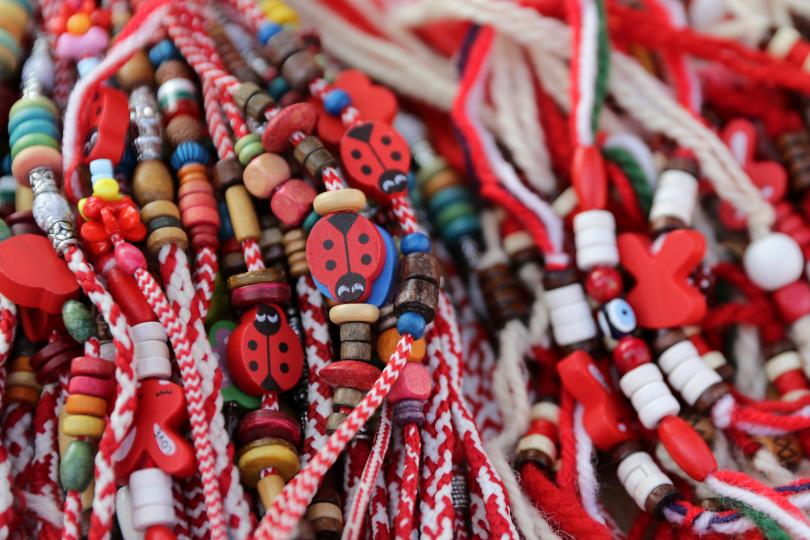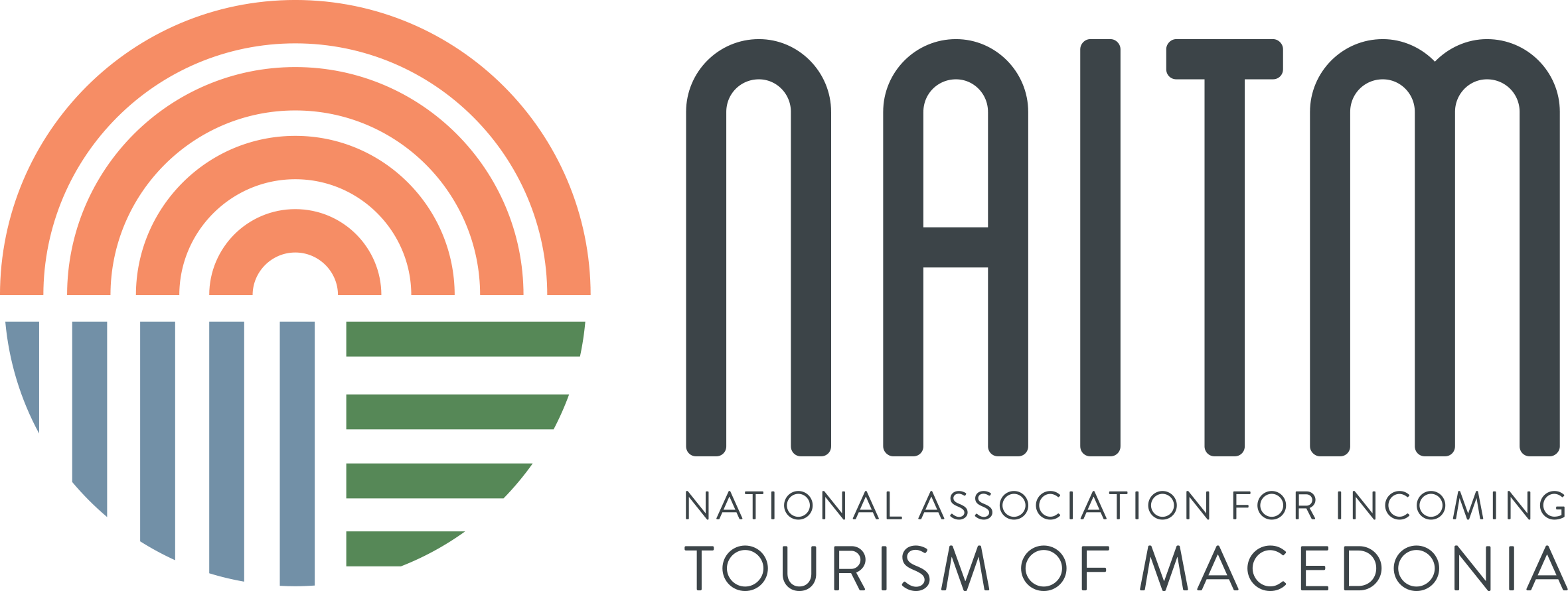Our team remains available to you, our partners. And we keep on doing our best to assist you through these difficult times. With mutual trust and patience, we will overcome this crisis and continue to organize incredible trips in the #Balkans.
In the meantime, we are taking you to a photo trip to Northern #Macedonia straight from your #home.


 RSS Feed
RSS Feed


